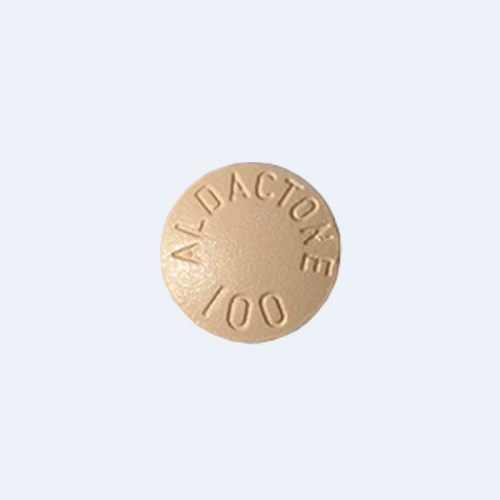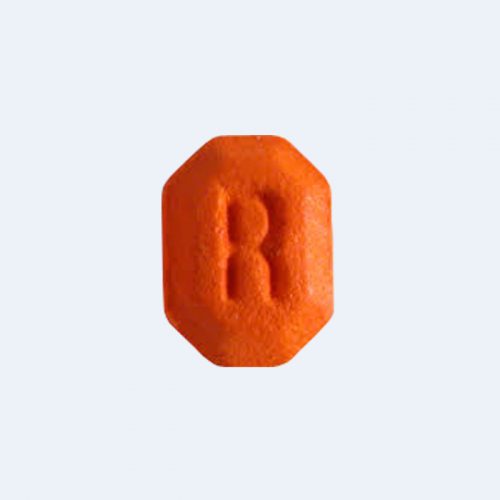Diuretics
Diuretics are also known as water pills, and they were designed to increase the amount of salt and water expelled from the human body as urine.
Basically, all of these drugs can be divided into a few groups, and some doctors also prescribe them to treat hypertension and other conditions.
Their types include loop, thiazide and potassium-sparing diuretics, and all of them have certain differences.
- Thiazide diuretics are the most popular ones, and they work not only by reducing the fluid in the body, but they also cause blood vessels to relax. Thiazides are often taken with other meds to lower high blood pressure, and their examples include indapamide, metolazone and others.
- Loop diuretics are taken by patients to treat heart failure, and this group of drugs includes such meds as Furosemide, Bumetanide, Torsemide and others.
- Potassium-sparing diuretics decrease the fluid level in the body without resulting in a loss of potassium, which is quite an important nutrient. Other diuretics may cause this unwanted effect, thus, leading to a set of health problems. The main drawback is that they’re not as effective in lowering blood pressure as other water pills.
Showing all 3 results



